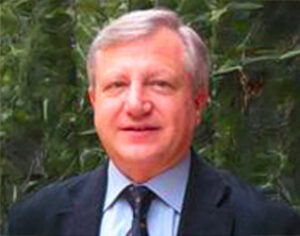-
Basic Science
Exploration of the fundamental biological and molecular mechanisms underlying lipedema, including adipocyte dysfunction, inflammatory pathways, and extracellular matrix alterations. -
Epidemiology of Lipedema
Analysis of the global prevalence and incidence of lipedema, with a focus on genetic predisposition, environmental influences, and ethnic variations in disease manifestation. -
Pathophysiology
Investigation of the mechanisms leading to the pathological expansion of subcutaneous fat, chronic inflammation, and progressive fibrosis, as well as the role of hormonal and vascular factors. -
Metabolic Aspects
Examination of metabolic dysregulations associated with lipedema, including lipid metabolism, mitochondrial function, and systemic metabolic impairments. -
Lipedema and Pain
Understanding the pathogenesis of pain in lipedema, including neuroinflammatory mechanisms, sensory nerve involvement, and the impact on quality of life. -
Lipedema and Insulin Resistance
Evaluation of the association between lipedema and insulin resistance, its implications for metabolic syndrome, and potential therapeutic interventions. -
Lipedema and Obesity
Differentiation between lipedema and obesity, including diagnostic criteria, metabolic differences, and shared pathophysiological features. -
Clinical Diagnosis
Standardized clinical criteria for diagnosing lipedema, emphasizing differential diagnosis and early detection strategies.
- Instrumental Diagnosis
Role of imaging techniques such as ultrasound, MRI, and lymphoscintigraphy in the assessment of lipedema and its differentiation from other adipose disorders. -
Laboratory and Clinical Investigations
Emerging biomarkers and laboratory assessments for lipedema, along with clinical parameters for disease progression monitoring. -
Conservative Treatment
Evidence-based non-surgical management approaches, including physical therapy, manual lymphatic drainage, compression therapy, and pharmacological interventions. -
Nutritional Aspects in Lipedema
Role of diet and lifestyle modifications in managing lipedema symptoms, with a focus on anti-inflammatory and metabolic interventions. -
Surgical Treatment
Advances in surgical techniques such as liposuction and excisional procedures for lipedema, including patient selection criteria and long-term outcomes. -
Lipedema and the Lymphatic System
Interaction between lipedema and lymphatic dysfunction, exploring potential links to lymphedema and chronic fluid imbalance. -
Lipedema and the Venous System
Investigation of venous insufficiency in lipedema patients, including its contribution to disease progression and therapeutic implications. -
Ongoing Research Strands
Latest research developments in lipedema, encompassing genetic studies, novel biomarkers, and innovative treatment modalities. -
Role of Patient Associations in Favor of Lipedema
The impact of patient advocacy groups in raising awareness, promoting early diagnosis, influencing healthcare policies, and supporting research initiatives.



